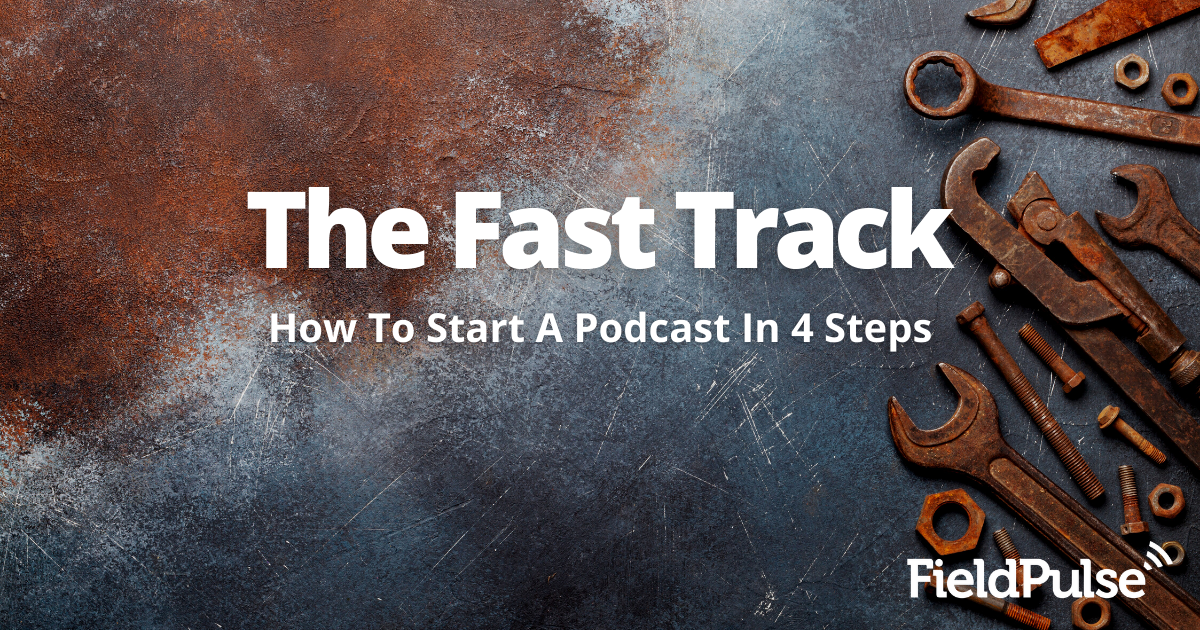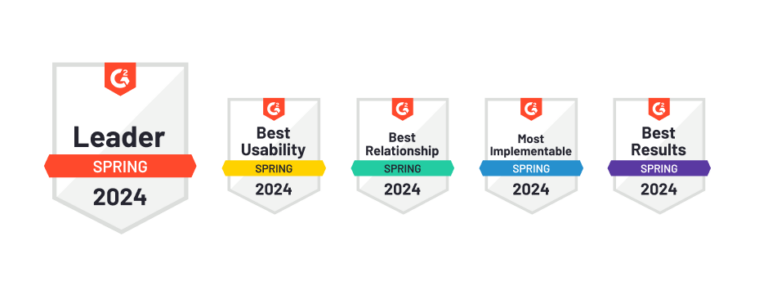Since “Serial” burst onto the scene in 2014, the world has been addicted to podcasts. They’re like candy for the ears! So why not cash in on some of this podcast fever yourself?
Starting a podcast can open your business up to a whole new audience, grow brand awareness, and even open up opportunities for collaboration with other members of your community. While starting a podcast isn’t difficult, it’s important to make sure you’ve completed the following steps to save yourself from future headaches.
The Three W’s
First and foremost, you have got to decide on the what, the who, and the why.
- What is the point of your podcast? As a field service business owner, you’ll want to find a way to educate and entertain your customers. You might not have a hook as exciting as a wrongly convicted murderer, but you can still find a fun way to share your passion and knowledge with your clients.
- Who are you making the podcast for? It’s a good idea to clearly define your audience before you begin. For example, if most of your clientele is adult homeowners with plumbing issues, you probably don’t want to make your podcast too juvenile. Keep it a little more professional to hold their interest. That said, your approach all depends on who you want to reach.
- Why should your audience listen to your podcast? This is the big question, and it’s one you’ll need to think about a lot before you begin production. You need to find a way to make your podcast valuable. You also need to give your audience a reason to keep coming back for more.
Once you’ve answered all these questions, now comes the fun part — picking a name! You have three main options here. You can be clever, descriptive, or eponymous. By clever, we mean coming up with a fun pun that’s catchy and clickable. By descriptive, we mean calling your show what it is — something simple, like The Plumbing Show. By eponymous, we mean naming the show after yourself — you are the star, after all!
The Content
Next, it’s important to define the parameters of your content. Planning out the structure of your content from the get-go will save you both time and headaches in the future.
- Episode length: Most shorter podcasts are under 15 minutes, medium ones are 20 to 45, and long ones are anything over that. Most audiences prefer medium-length ones so they can listen during a commute or while cooking dinner.
- Release schedule: When releasing new episodes, the key is consistency. We recommend something like once every two weeks or a month, depending on how quickly you can produce them. Keep in mind — quality is better than quantity!
- Naming your episodes: Audiences often use episode titles to see what they’re getting into. This means you need to be a little more creative than “Episode 1.” A descriptive name also helps people find your podcast in search results.
- Finding your format: Do you want to go it solo or have a co-host? Maybe you’d also like to interview guests? Try to figure this out early on so you can nail down a consistent format.
- Planning an episode: Make sure every episode has a dedicated topic that’s not too general. Narrow it down to a specific issue or problem your audience may face or have questions on.
- Episode format: You’ll want every episode to have the same general format. This might include a teaser, followed by an intro, followed by the main meat. Experiment a bit on your first editing session to see what you like.
The Setup
Since your only medium is audio, it’s important to make sure that your audience can hear you loud and clear.
- Recording equipment: Make sure you have a quality microphone so your voice sounds clear. The Audio-Technica ATR2100x-USB is an affordable option with great audio quality.
- Recording & editing software: After you capture audio, you need to splice it all together. If you’re new to the scene, we recommend a quality tool that gets rid of the technical hullabaloo and makes things easy for you, like Alitu. You can also try GarageBand for a free option.
- Scripting your show: Scripting your show helps you know what you’ll say so you sound more confident. That said, if you’re spending more time scripting than you are recording, maybe it’s best to just come up with some key talking points beforehand.
- How to talk into a mic: You know that silky, sultry voice podcast hosts have? Your goal is to aim for that! Pretend you’re having a conversation with someone rather than giving a speech. It will help you sound more natural and relatable.
- Recording remote guests or co-hosts: Ready to have a special guest? Awesome! You can use Zoom to record them virtually. If they’re willing, you can also have them record their audio on their end so it’s clearer for production.
The Delivery
Once you’ve recorded and edited, it’s time to think about delivery! Before you upload your podcast, there are a few things to consider:
- Podcast cover art: You want your podcast to sound as good as it looks, right? Cover art can do that. You can grab royalty-free stock images from a site like Unsplash, but we recommend hiring a freelancer to create custom artwork if it’s in your budget.
- Choosing your podcast hosting: A podcast hosting account is where your episodes live online. You don’t actually upload a podcast to iTunes or Spotify; rather, these guys just list them for you. Three of the most popular podcast hosts are Buzzsprout, Captivate, and Transistor.
- Submitting to directories: Once your show is uploaded, now is the time to add it to Spotify, iTunes, Google, and more. If you choose a good host, they should be able to automatically do this for you.
- Where to publish your show notes: Show notes are a great way to give your audience a better idea of what your show is about! You can list them on the website that comes with your podcast hosting, or you can set up your very own WordPress site for a little more control over it all.
- Next steps after you launch: OMG, you’ve launched! Congrats! However, your work isn’t done. Now you’ve got to promote, promote, promote. And don’t give up if your podcast doesn’t immediately catch on. Keep consistent with your schedule, and the listens will come.
Conclusion
Starting a podcast is all about considering the who, what, and why. Once you nail that down, you’ll have to plan out your content and figure out your recording and editing setup. This may take some experimenting, but once you find a formula that works for you, stick with it. Finally, once you create a show that will knock your audience’s socks off, deliver it in a way that’s informative and easy-to-find.
Of course, if you’re dedicated all this time to a podcast, it may take some time away from your other business efforts. That’s why we recommend using FieldPulse to simplify your trade! We’ll integrate your scheduling, invoicing, and appointments so you can spend more time on your passion project. Get your free 7-day trial now to see how we can help.


